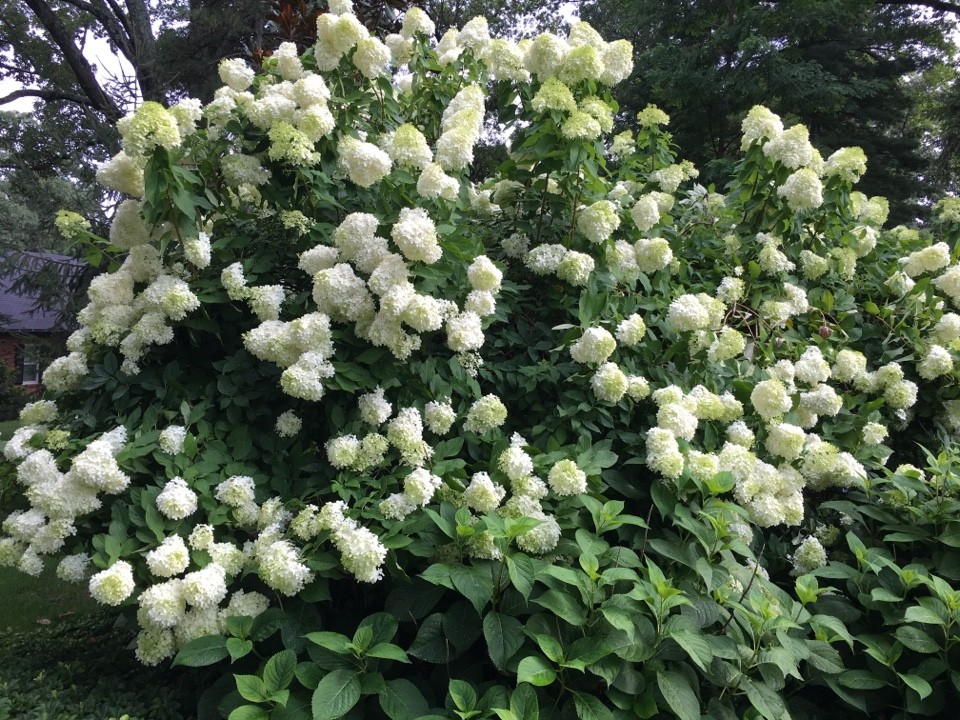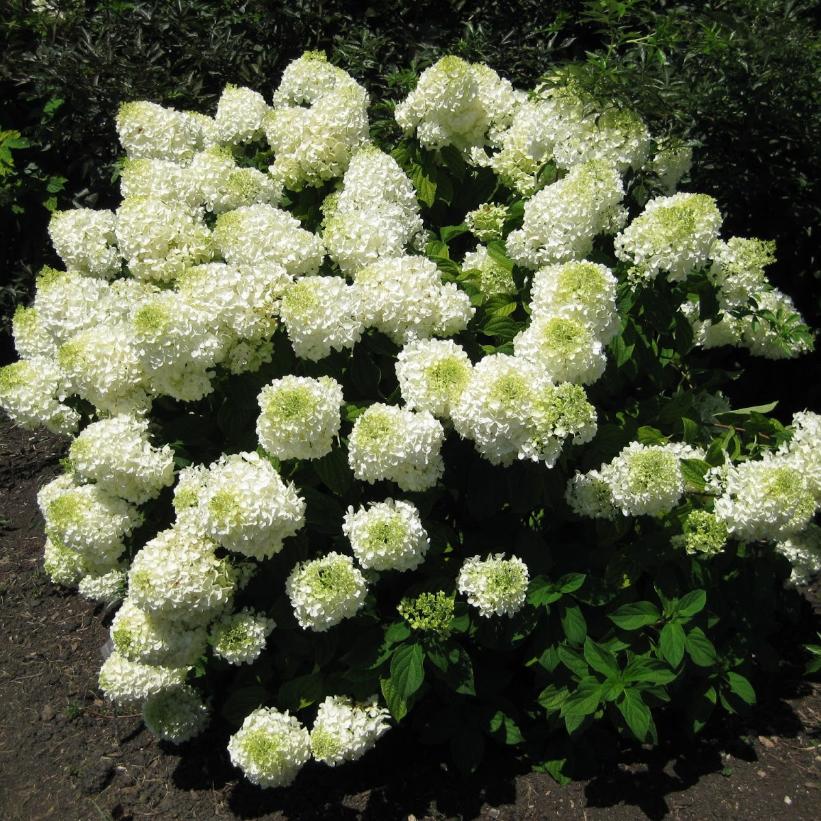Hydrangea Bombshell: The Dwarf Hydrangea That Packs A Punch
Hydrangea Bombshell: The Dwarf Hydrangea That Packs a Punch
Hydrangea bombshell is a dwarf hydrangea that is known for its large, showy blooms. It is a relatively new variety, having been introduced in 2012, but it has quickly become popular among gardeners.
What makes hydrangea bombshell so special?
There are a few things that set hydrangea bombshell apart from other hydrangeas. First, it is a dwarf variety, reaching only 3-4 feet in height. This makes it ideal for small gardens or containers.
Second, hydrangea bombshell's blooms are huge. They can reach up to 12 inches in diameter and are typically a bright pink color. However, the color of the blooms can vary depending on the pH of the soil. In acidic soil, the blooms will be blue or purple. In alkaline soil, they will be pink or red.
Third, hydrangea bombshell is a relatively easy plant to care for. It prefers full sun or partial shade and moist, well-drained soil. It is also relatively drought tolerant once established.
How to care for hydrangea bombshell
Hydrangea bombshell is a relatively easy plant to care for, but there are a few things you can do to ensure that it thrives.
- Plant it in full sun or partial shade.
- Provide moist, well-drained soil.
- Fertilize it with a balanced fertilizer in spring.
- Prune it back in early spring to remove dead or damaged branches.
- Protect it from frost in colder climates.
With proper care, hydrangea bombshell will reward you with beautiful blooms for years to come.
Here are some additional tips for caring for hydrangea bombshell:
- Water deeply and regularly, especially during hot, dry weather.
- Mulch around the plant to help retain moisture and suppress weeds.
- Apply a light application of fertilizer in spring and fall.
- Prune back in early spring to remove dead, diseased, or damaged branches.
- Protect from frost in colder climates.
With proper care, hydrangea bombshell will be a beautiful addition to your garden for many years to come.
If you're looking for a hydrangea that's both beautiful and compact, the Hydrangea paniculata 'Bombshell' is a great option. This dwarf cultivar typically grows in a rounded mound to only 2-3' tall and to 3-4' wide, making it perfect for smaller gardens or containers.
'Bombshell' hydrangeas produce large, creamy-white flowerheads that emerge with a pale pink eye. The flowers mature to a rosy pink color as the summer progresses. The flowerheads are excellent in fresh arrangements or for drying.
'Bombshell' hydrangeas are hardy in USDA zones 3-9. They prefer full sun or partial shade in cooler states, and in partial to light full-shade in warmer areas. They grow well in any garden soil, and only need a quick trim once a year in early spring.
For more information about Hydrangea paniculata 'Bombshell', please visit .
FAQ of hydrangea paniculata bombshell
Q: What are the care requirements for Hydrangea paniculata bombshell?
A: Hydrangea paniculata bombshell is a relatively low-maintenance shrub that prefers full sun to partial shade and well-drained soil. It is important to keep the soil moist, especially during hot, dry weather. You can apply a slow-release fertilizer in the spring to help promote blooms. In the fall, you can prune back the shrub to encourage new growth the following year.
Q: What are the most common pests and diseases that affect Hydrangea paniculata bombshell?
A: The most common pests that affect Hydrangea paniculata bombshell are aphids, spider mites, and scale insects. These pests can be controlled with insecticidal soap or neem oil. The most common diseases that affect this shrub are leaf spot and powdery mildew. These diseases can be prevented by watering the plant at the base and avoiding overhead watering. If the plant does contract a disease, you can treat it with a fungicide.
Q: How do I propagate Hydrangea paniculata bombshell?
A: Hydrangea paniculata bombshell can be propagated by cuttings or division. To propagate by cuttings, take 4-6 inch cuttings from the plant in the spring or summer. Dip the cuttings in rooting hormone and plant them in a well-drained potting mix. Keep the cuttings moist and in a warm location. They should root in 4-6 weeks. To propagate by division, dig up the plant in the spring or fall and divide it into two or three sections. Each section should have at least a few roots and shoots. Plant the divisions in a new location and water them well.
Q: How do I deadhead Hydrangea paniculata bombshell?
A: Hydrangea paniculata bombshell blooms on old wood, so it is important to deadhead the plant regularly to encourage new blooms. You can deadhead the plant by cutting off the spent blooms at the base of the flower cluster. You can also cut back the entire shrub in the spring to encourage new growth and blooms.
Image of hydrangea paniculata bombshell
- Image 1: A large, white Hydrangea paniculata "Bombshell" shrub in full bloom. The flowers are arranged in large, conical panicles.

- Image 2: A close-up of the flowers of Hydrangea paniculata "Bombshell". The flowers are white with a slight pink blush.

- Image 3: A Hydrangea paniculata "Bombshell" shrub in the fall. The leaves have turned shades of red, orange, and yellow.

- Image 4: A Hydrangea paniculata "Bombshell" shrub in a garden setting. The shrub is surrounded by other flowers and plants.

- Image 5: A Hydrangea paniculata "Bombshell" shrub in a vase. The flowers are arranged in a tall vase and are the centerpiece of a table setting.

Post a Comment for "Hydrangea Bombshell: The Dwarf Hydrangea That Packs A Punch"